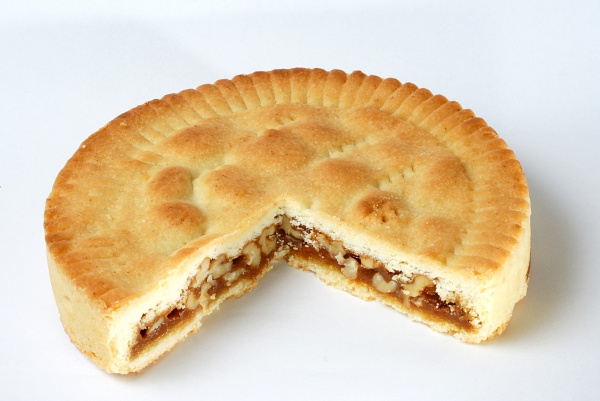Facts About Bündner Nusstorte
The Bündner Nusstorte, also known as the Engadiner Nusstorte, is a cherished traditional pastry originating from the canton of Graubünden in Switzerland. This delightful confection features a sweet, caramelized nut filling encased in a buttery shortcrust pastry. While the contemporary version of the Nusstorte gained widespread popularity in the 1960s, its roots can be traced back to the 1920s.
The story of the Nusstorte begins in the 19th century, with earlier recipes differing significantly from the modern version we enjoy today. The filled Nusstorte as it is now known was crafted by a skilled baker named Fausto Pult in 1926. He presented these delectable pastries at the Mustermesse in Basel in 1934, helping to introduce them to a wider audience.
Creating a Bündner Nusstorte involves making a classic shortcrust pastry filled with a mixture of caramelized sugar, heavy cream or milk, and coarsely chopped nuts—usually walnuts. While many recipes exist, numerous bakers in Graubünden keep their specific methods a closely guarded secret. For these bakers, the Nusstorte is more than just a pastry; it’s a significant source of income.
When it comes to enjoying a Nusstorte, it is typically cut into pieces and savored as a dessert, often accompanied by coffee or tea. Thanks to its long shelf life, the Nusstorte is available year-round and makes for a popular gift or international shipment. However, keep in mind that this pastry is quite rich in calories due to its buttery crust and indulgent filling.

 Liechtenstein
Liechtenstein